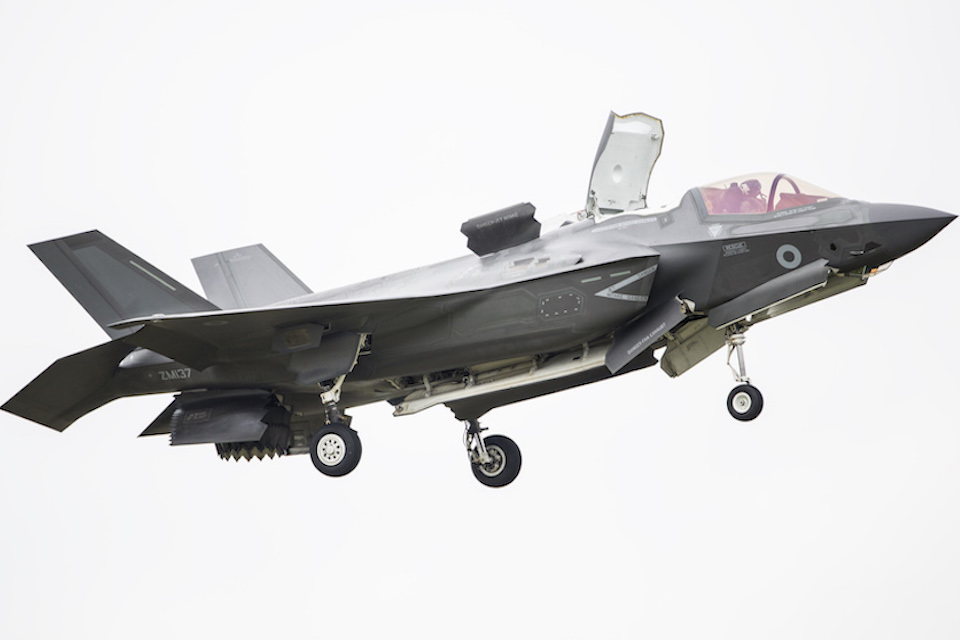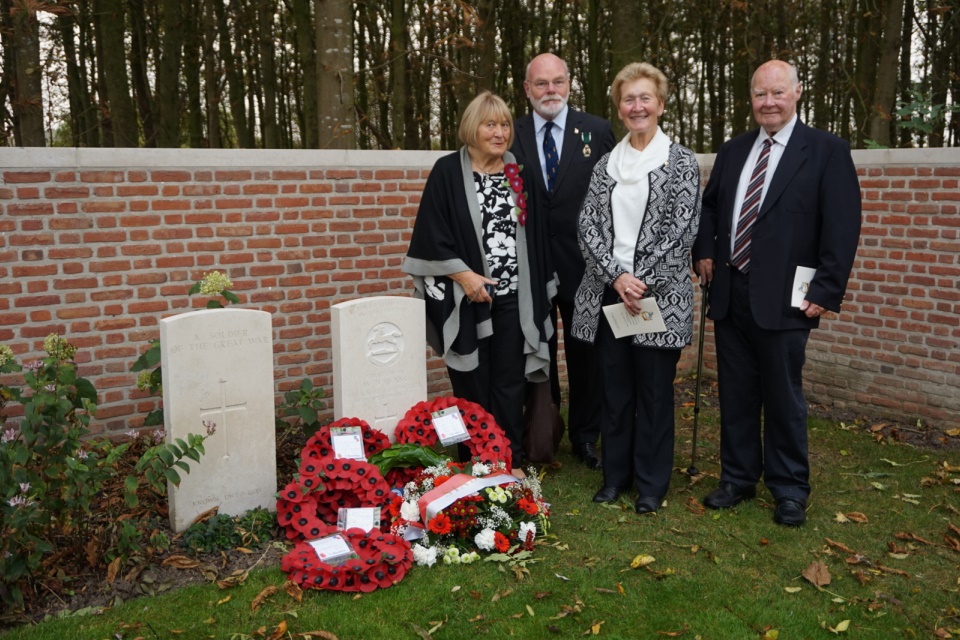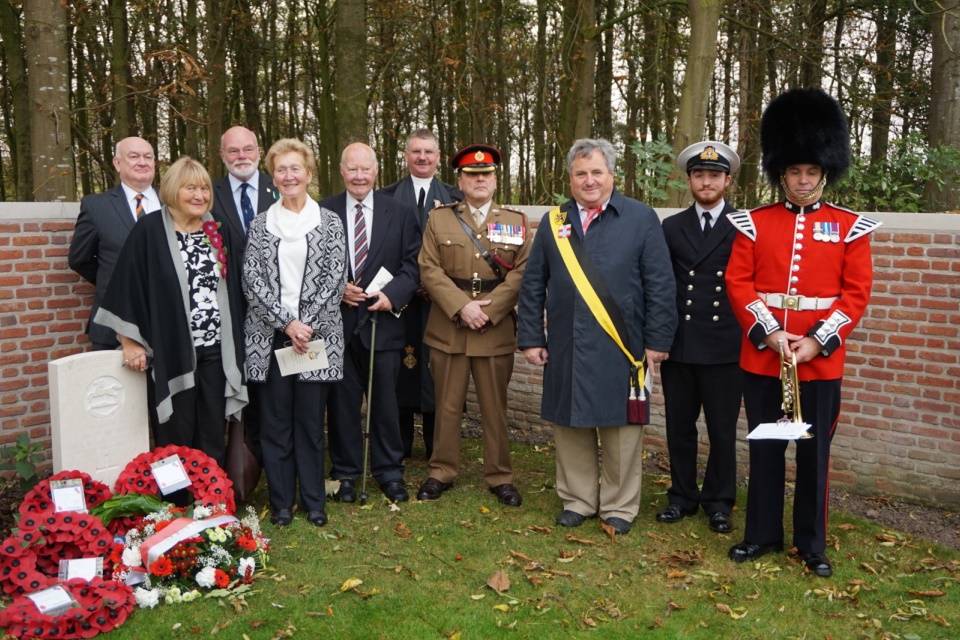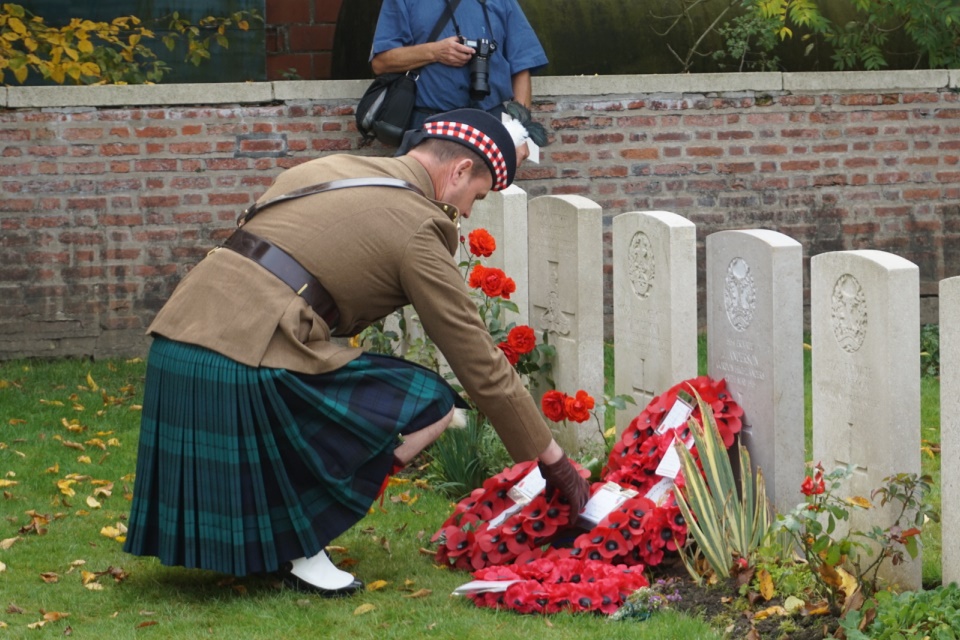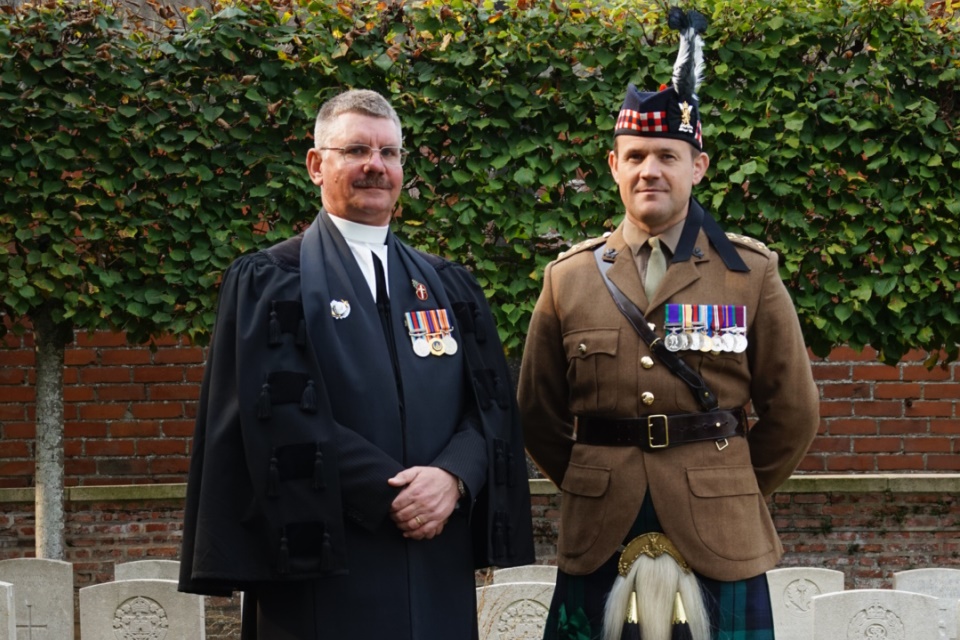News story: New Navy ship named in Glasgow
The naming continues an association between the Royal Navy and the River Medway which, as home to the Chatham Historic Dockyard, has existed since Elizabethan times. The second of the Royal Navy’s OPVs, HMS Medway is the tenth vessel to bear the name since the 1690s.
She was named by her Sponsor, Lady Wendy Fallon, in a ceremony at the BAE Systems Scotstoun shipyard in Glasgow. Lady Fallon’s husband is Defence Secretary, Sir Michael Fallon, whose Sevenoaks constituency borders the River Medway.
Lady Fallon broke a bottle of gin on the bow in honour of the Chatham dockyard, where the gin was distilled.
Defence Secretary Sir Michael Fallon said:
This year we have already named our second aircraft carrier, two Type 26 frigates and the first in the Offshore Patrol Vessel class. It is a privilege to see yet another ship named for the growing Royal Navy. Named after Kent’s main river, my family has taken a particular interest in HMS Medway over the course of its construction and this is a proud day for all involved.
From counter-terrorism and anti-smuggling to securing the UK’s borders, HMS Medway will help keep Britain safe.
The 90-metre ship is expected to enter service with the Royal Navy in 2019 and will go on to deploy across the globe on counter-terrorism and anti-smuggling operations.
All five of the new Batch 2 River class OPVs are expected to be in service before the end of 2020, with the first of class, HMS Forth, currently on sea trials.
The OPV programme is sustaining around 800 jobs in Scotland at BAE Systems and is maintaining the vital skills needed to build the new cutting-edge, anti-submarine warfare frigates, the Type 26s, for a Royal Navy growing for the first time since the Second World War.
The ship has a crew of 58 and is equipped with a 30mm cannon and flight deck capable of accommodating a Merlin helicopter, allowing it to undertake vital counter-terrorism and anti-smuggling operations. Displacing around 2,000 tonnes, she has a maximum speed of around 24 knots and can sail 5,500 nautical miles without having to resupply.
HMS Medway is officially affiliated with the Medway district through an association with Medway Council.
Leader of Medway Council, Councillor Allan Jarrett said:
It is an honour that the vessel has been named after Medway, an area which has a rich naval heritage. Earlier this year we commemorated a significant event in naval history which took place 350 years ago on the River Medway. The Dutch Raid resulted in financial investment in the English naval fleet, leading to the Royal Navy becoming the most powerful in the world.
Today we celebrate a new vessel being added to the fleet to help protect UK waters and we would be pleased to invite HMS Medway to visit us on the River Medway soon.
Sir Simon Bollom, Chief of Materiel (Ships) for Defence Equipment and Support, the Ministry of Defence (MOD) procurement organisation for the Ministry of Defence, said:
The naming of HMS Medway is a proud moment for the Royal Navy, supported by DE&S, and our Industry partners and is a significant milestone in the delivery of this world-class fleet of five new warships.
I look forward not only to the deliveries of the final three OPVs, but continued good progress on the Type 26 programme which the OPV programme has enabled through the sustainment of jobs and skills.
Delivery of the OPV programme is one of the key commitments laid out in the Strategic Defence and Security Review 2015.

